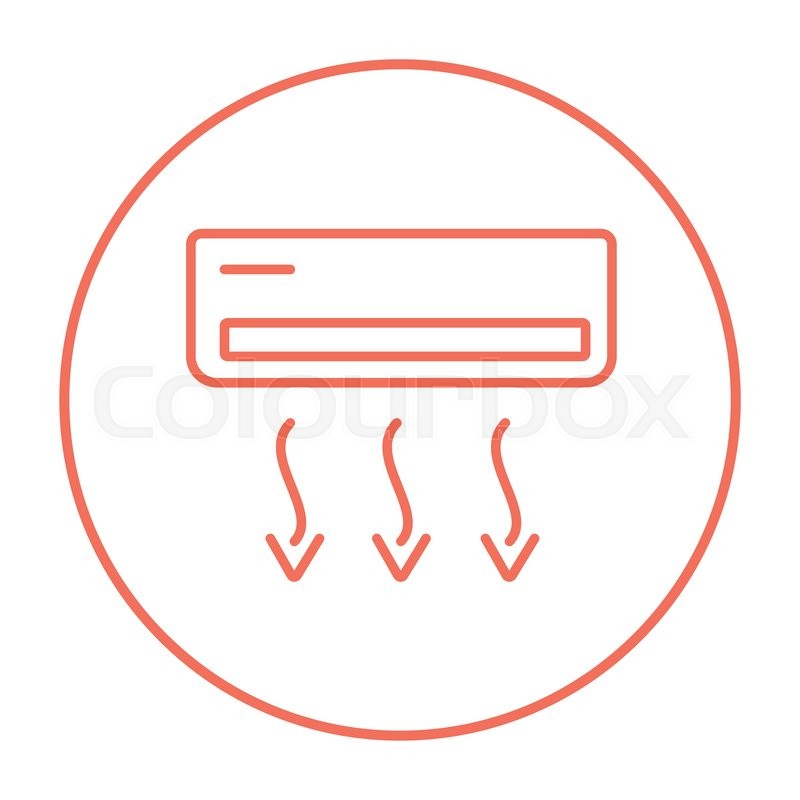The Ultimate Guide To Understanding Heat Pumps - How Do They Work?
The Ultimate Guide To Understanding Heat Pumps - How Do They Work?
Blog Article
Material Create By-Gissel Montoya
The best heatpump can conserve you considerable amounts of money on energy bills. They can additionally help reduce greenhouse gas emissions, specifically if you use electrical energy instead of fossil fuels like gas and heating oil or electric-resistance heaters.
Heatpump work quite the like ac unit do. This makes them a viable option to traditional electric home heating unit.
Exactly how They Function
Heatpump cool homes in the summer and, with a little help from electrical power or natural gas, they give several of your home's heating in the winter months. They're an excellent alternative for people that want to lower their use of nonrenewable fuel sources but aren't ready to replace their existing heating system and cooling system.
They rely upon the physical reality that even in air that appears also chilly, there's still energy existing: warm air is constantly relocating, and it wishes to move into cooler, lower-pressure atmospheres like your home.
Many ENERGY STAR certified heatpump run at near to their heating or cooling ability throughout a lot of the year, decreasing on/off biking and conserving energy. For the very best efficiency, concentrate on systems with a high SEER and HSPF ranking.
The Compressor
The heart of the heat pump is the compressor, which is additionally known as an air compressor. This mechanical moving tool utilizes prospective power from power creation to increase the stress of a gas by lowering its volume. It is various from a pump in that it just works on gases and can't work with liquids, as pumps do.
https://costofsmallhvacsystem34987.bloggerbags.com/34497515/heatpump-vs-heating-system-which-is-the-better-home-heating-option-for-your-home gets in the compressor via an inlet valve. It travels around vane-mounted arms with self-adjusting length that separate the inside of the compressor, producing multiple dental caries of varying size. The rotor's spin forces these dental caries to move in and out of stage with each other, compressing the air.
The compressor reels in the low-temperature, high-pressure cooling agent vapor from the evaporator and presses it right into the hot, pressurized state of a gas. This procedure is duplicated as needed to supply heating or cooling as required. The compressor also contains a desuperheater coil that reuses the waste warm and adds superheat to the refrigerant, transforming it from its fluid to vapor state.
The Evaporator
The evaporator in heat pumps does the same point as it performs in refrigerators and a/c unit, transforming fluid refrigerant into an aeriform vapor that eliminates warmth from the area. Heatpump systems would not function without this critical tool.
This part of the system lies inside your home or structure in an interior air handler, which can be either a ducted or ductless device. https://www.ksl.com/article/50416112/cant-miss-summer-home-projects has an evaporator coil and the compressor that presses the low-pressure vapor from the evaporator to high pressure gas.
Heatpump absorb ambient heat from the air, and afterwards utilize electrical energy to transfer that heat to a home or organization in home heating mode. That makes them a great deal more power reliable than electric heating units or heaters, and because they're utilizing tidy power from the grid (and not burning fuel), they likewise create much fewer exhausts. That's why heatpump are such great environmental selections. (In addition to a significant reason why they're becoming so popular.).
The Thermostat.
Heatpump are fantastic alternatives for homes in cool climates, and you can use them in mix with standard duct-based systems or perhaps go ductless. They're a great alternate to nonrenewable fuel source heating unit or standard electrical heating systems, and they're more sustainable than oil, gas or nuclear HVAC equipment.
Your thermostat is one of the most crucial element of your heat pump system, and it works very differently than a conventional thermostat. All mechanical thermostats (all non-electronic ones) job by using materials that change dimension with raising temperature level, like coiled bimetallic strips or the increasing wax in a vehicle radiator shutoff.
These strips contain two different kinds of steel, and they're bolted with each other to create a bridge that completes an electrical circuit linked to your a/c system. As the strip obtains warmer, one side of the bridge increases faster than the other, which creates it to flex and signal that the heater is required. When the heat pump remains in home heating setting, the reversing valve reverses the flow of cooling agent, to ensure that the outside coil currently functions as an evaporator and the indoor cyndrical tube ends up being a condenser.